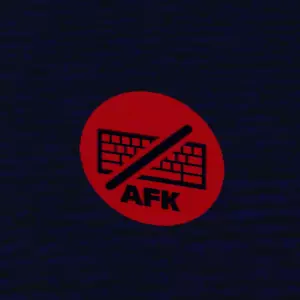Deleted
This asset has been deleted: Requested by author
So you found a cool AFK animation but you don't know how to add it to your VRChat avatar? Don't worry - even I found adding it tricky and I had to watch a couple of YouTube videos to get it. Here is a quick tutorial to help you.
This tutorial assumes you have experience with Unity and the animation system (ie state machines).
No comments found
No reviews found
No user attachments found
No questions yet
No mentions found
